Red Pier
aka 赤い波止場 aka Akai Hatoba aka Crimson Seaport aka Red Quay aka The Left Hand of Jiro
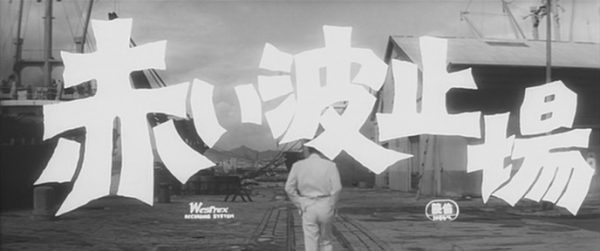
1958![]()
Written by Ichirô Ikeda and Toshio Masuda
Directed by Toshio Masuda
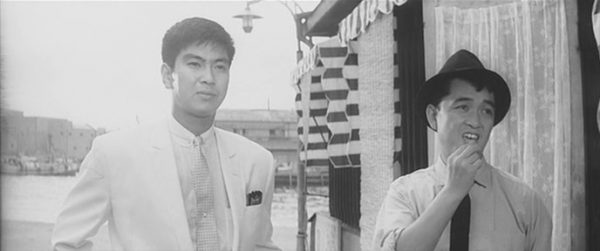
It’s Nikkatsu Action time again! The film genre is so consistently entertaining that it will be a constant reoccurring theme here (or at least the films that have gotten releases on digital media are the entertaining ones, as there are piles of films that still don’t seem to have any sort of legitimate release even with 20 years of cinephiles screaming about it. But we work with what we got, and what we got is Akai Hatoba, aka Red Pier, but also known as Crimson Harvest as well as a few other titles. It’s supposedly a reworking of a French film called Pepe le Moko, but everyone who claims this also mentions they haven’t seen that film, and I’m afraid I have to add myself to that total, so who knows? What I do know is director Toshio Masuda revisited this story a few years later with Velvet Hustler in glorious color. But this is the OG yakuza on a pier outwitting his enemies while also being in love with a lady whose brother he helped kill film.
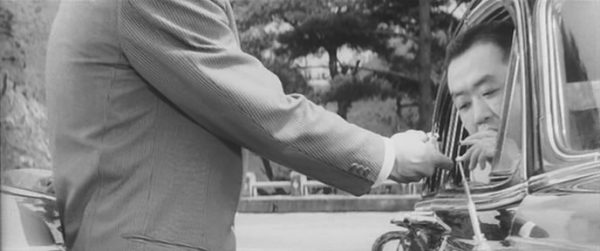
Lefty Jiro (Masuda regular Yujiro Ishihara, I Am Waiting, Rusty Knife) hangs at Kobe Harbor running the joint for his gang. He was formerly from Tokyo, but due to some trouble he’s been hiding out here “keeping a low profile”, in that he’s still involved in people being killed but never with enough evidence for the cops to do anything about it. A cool local policeman, Detective Noro (Shiro Osaka), spends most of his spare time hanging out at the harbor determined to catch Jiro doing something bad, but also sort of likes him as a friend. Noro is always snacking on something, and is around so much the other criminal elements tolerate his presence even if they know they have to do extra work to snark around behind his back.
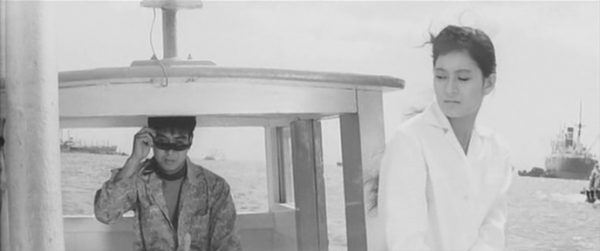
Jiro is a proud gangster, and taunts how untouchable he is because he’s always careful enough to not get caught. But his pompousness gets him into trouble as visitors from Tokyo reveal. They are his former yakuza friends, who have now hired a killer, Tsuchida (the incredibly cool Hiroshi Hijikata), to take out Jiro. Jiro was the favorite of the Yakuza boss, but these guys don’t want to work for Jiro, they want to work for themselves, and the quickest way to do that is to eliminate Jiro. Despite the element of danger on his heels, Jiro also finds himself a girl, Keiko Sugita (Ishihara’s regular co-star and eventual wife, Mie Kitahara), who just happens to be the sister of the man he helped kill in the beginning of the film. She’s a good girl who normally wouldn’t play with the seedy Jiro, but she had to give up her life at the university to help her dead brother’s family and is doing soul searching of her own trying to figure out why he died (turns out he was into drugs to repay loans and that got him killed, so her family isn’t as innocent as they seem)
Jiro has to avoid being killed, track down the people who want him dead, keep Keiko from getting caught up in the trouble, and avoid the constant police presence as Detective Noro is no dummy and knows bad things are going down. The brilliance is in how tense a lot of the scenes become. The killer Tsuchida tails Jiro on a drive, and Jiro stops the car to confront him on the road, the killer asking Jiro for a light of his cigarette while any twitch in the wrong direction from either character will result in a shootout. Both characters know this isn’t the moment but have to be ready just in case it is.
Hiroshi Hijikata is just so good as the ruthless Tsuchida even with a small amount of scenes. His character just barges in, sizes up the situation, everyone knows he is up to not good, and systematically first takes down Jiro’s close friend and protege, Teko (Masumi Okada), before going after Jiro himself. Tsuchida has killed enough he knows all the tricks on how to keep out of suspicion, warning Teko to wait until the fireworks go off to fire their guns at each other, trying to lure Jiro away from the crowds so there will be no witnesses.
Jiro repeats his desire to go across the ocean somewhere and start over where no one knows him. He grew up in gangs, the criminal life is all he knows. But he even sort of had this chance with his exile to Kobe Harbor, and he just ends up getting caught up in the same life. We know that if he landed in America he’d still end up in the same place. The only mature decision Jiro makes the entire movie is at the very end, and by then it might be too late for him.
Toshio Masuda was doing experimental visuals to help give his films some flavor. There is a repeating effect of fan blades casting shadows during scenes. The water and dock scenes of Kobe fill the screen and give the film a distinctive flavor. There is even a brief musical section as Jiro sings about the sea. The fact that all of these elements fit together like puzzle pieces just show the greatness of Masuda’s ability to craft a feature and the strengths of the Nikkatsu action films as a whole, they are large enough to keep their own elements while still maintaining consistent quality and expectations. The biggest problem it will face with modern audiences is it is also slow, some of the scenes transpire at a leisurely pace. This helps make the world seem more fleshed out, but in a world of action action action, some people will probably be upset. Red Pier is some good Nikkatsu, and that’s what counts!
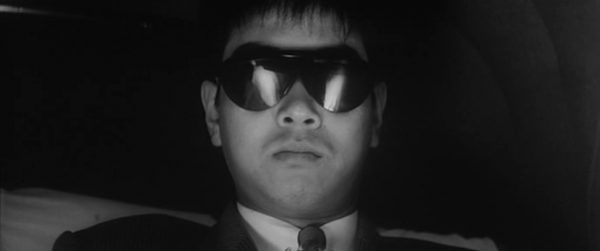
Rated 7/10
Please give feedback below!







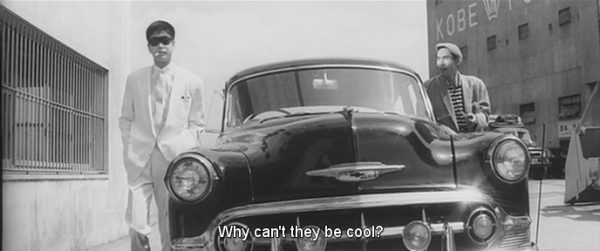
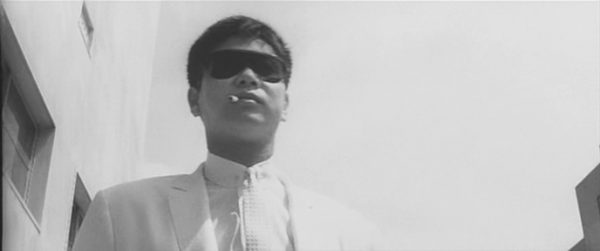
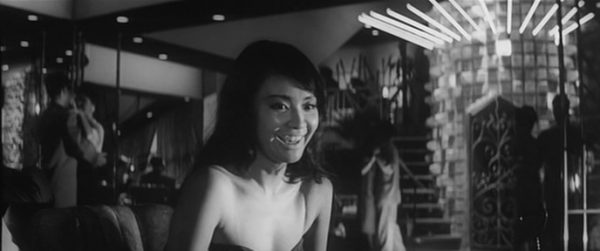
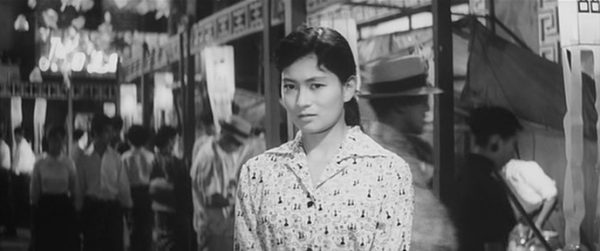
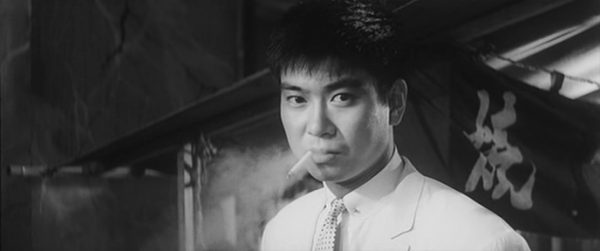
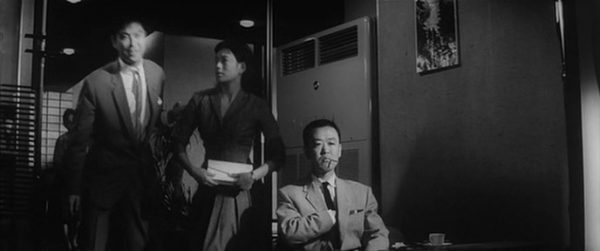
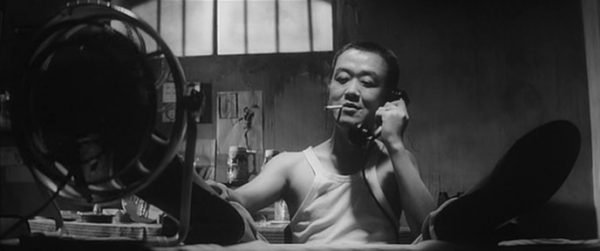
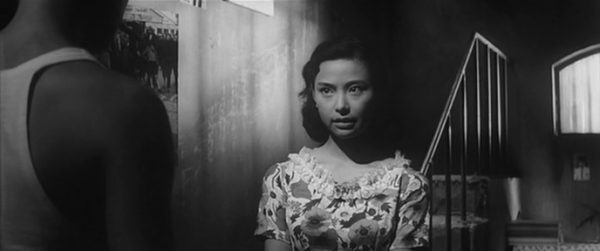
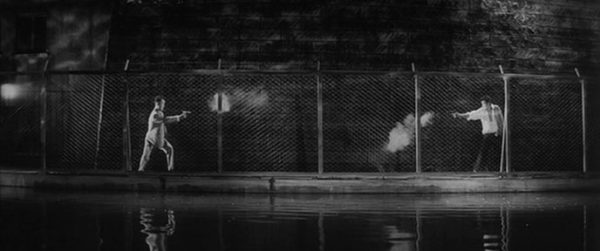
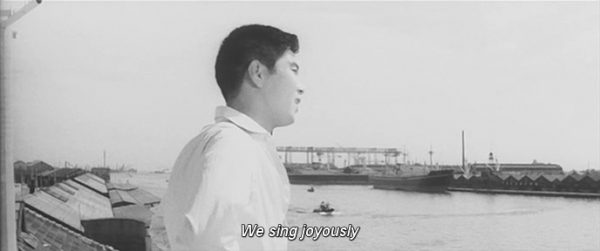
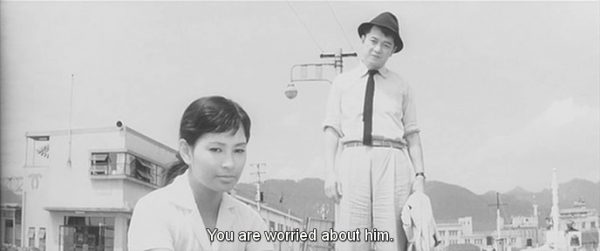
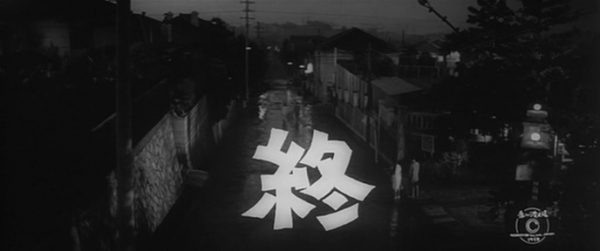
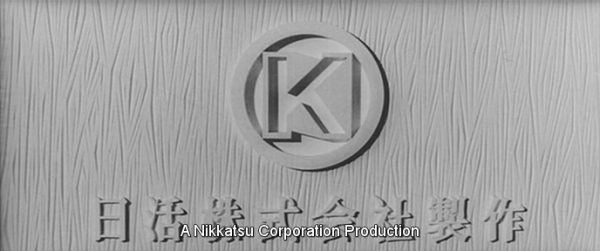
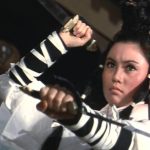

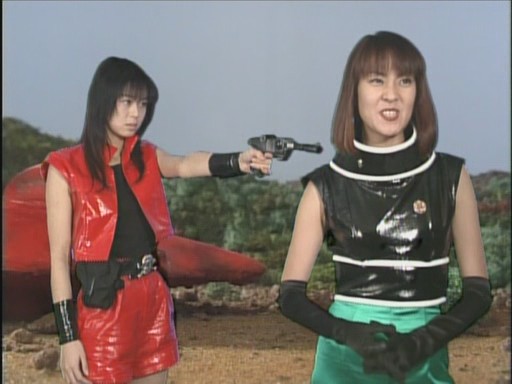

2 Comments
Tyler miller
January 15, 2019 at 8:09 amNeed to pick up these bluray sets. Any chance for A Halloween (2018) review?
Tars Tarkas
January 18, 2019 at 10:57 amProbably not for a while, next couple of weeks are stuff I wrote during winter break and then ramping up for a Godzilla-theme after that before the new film comes out